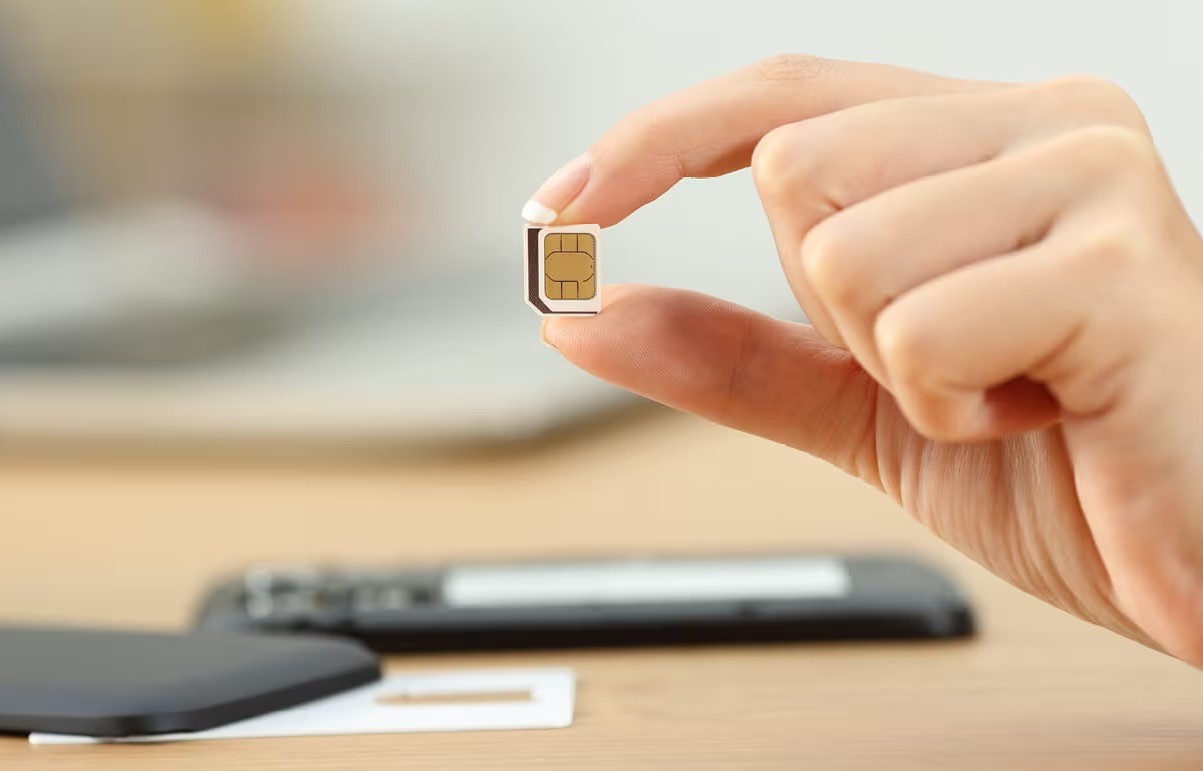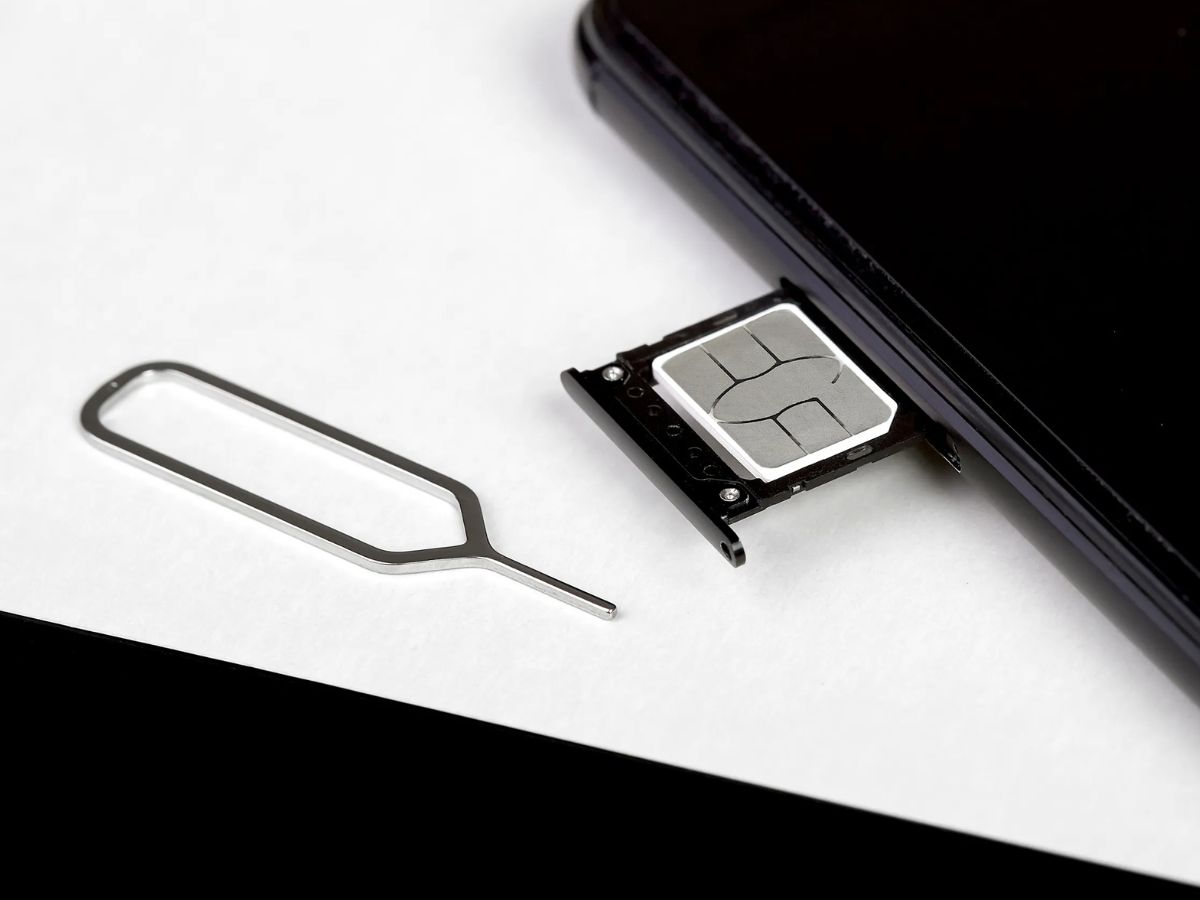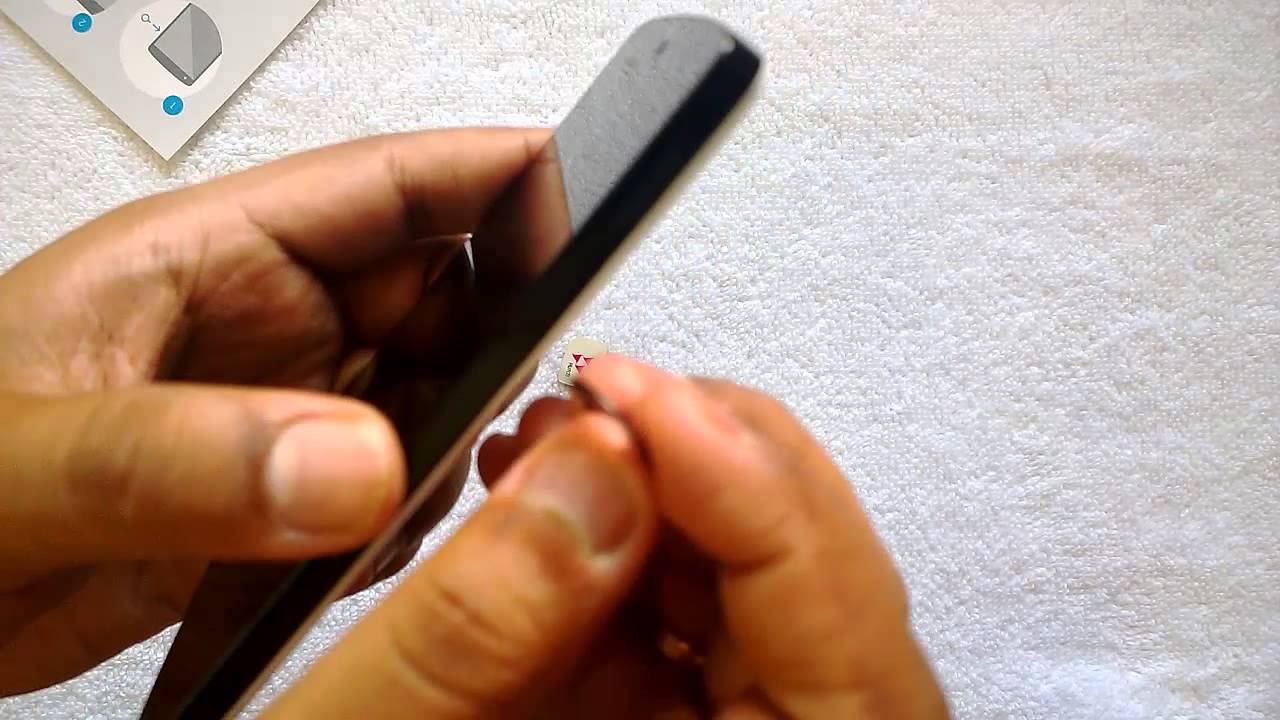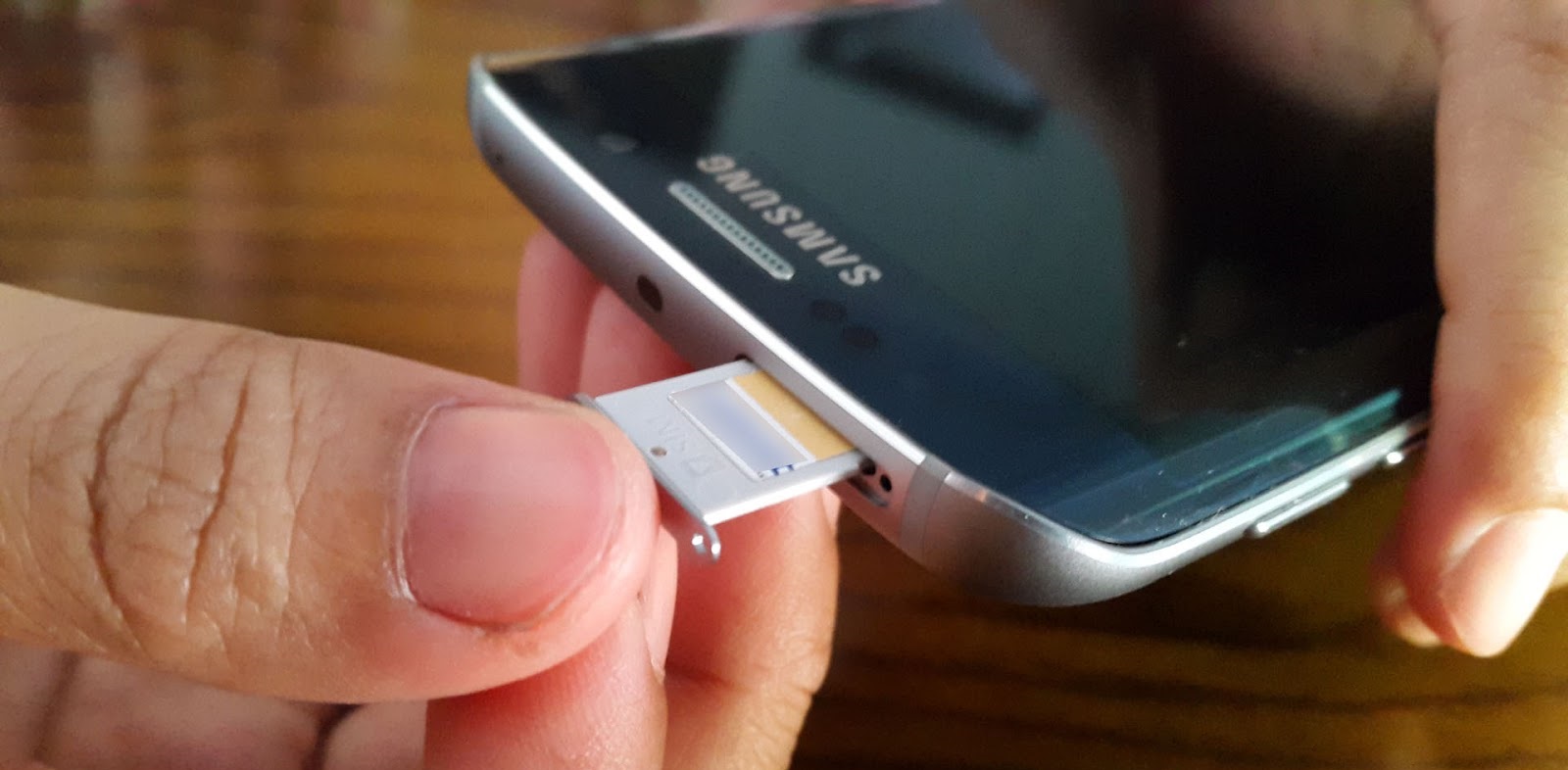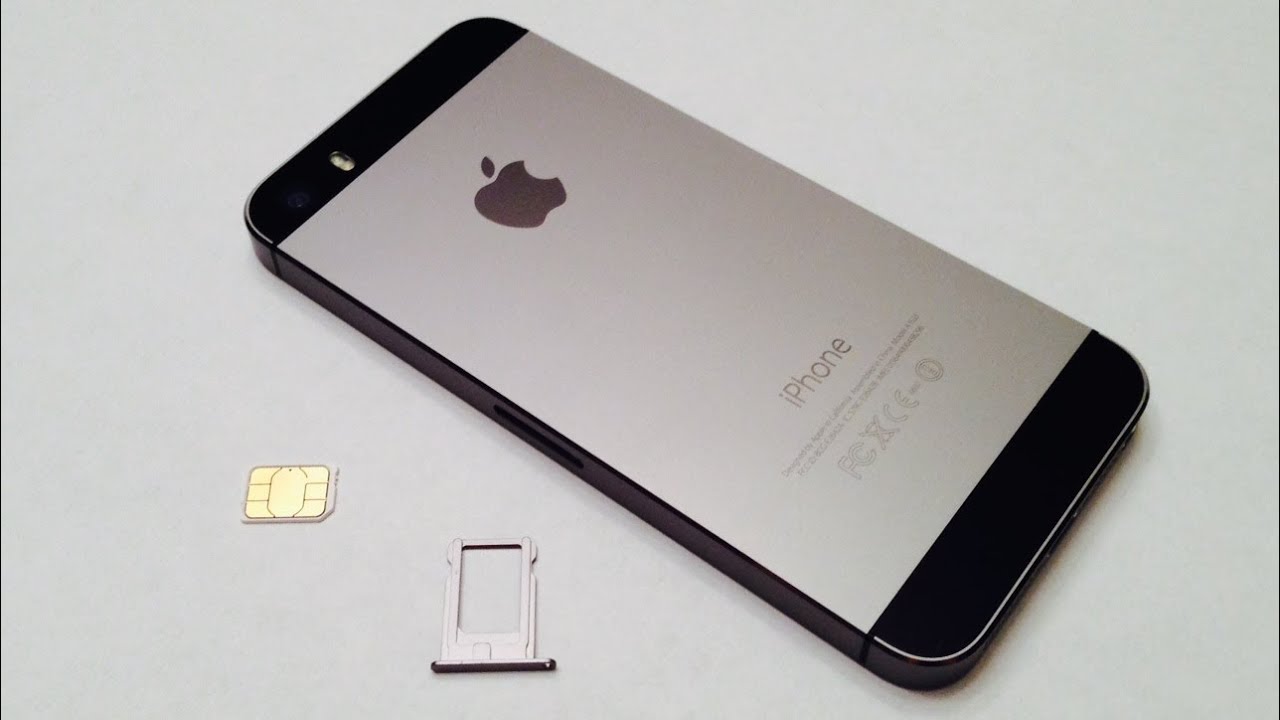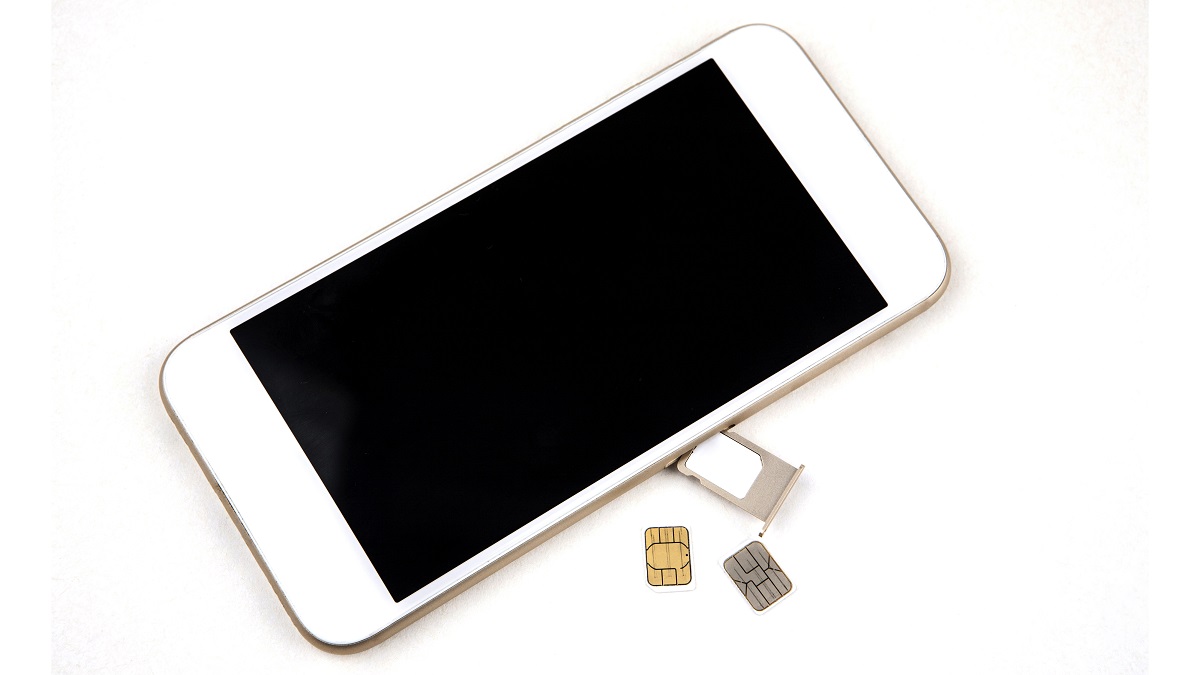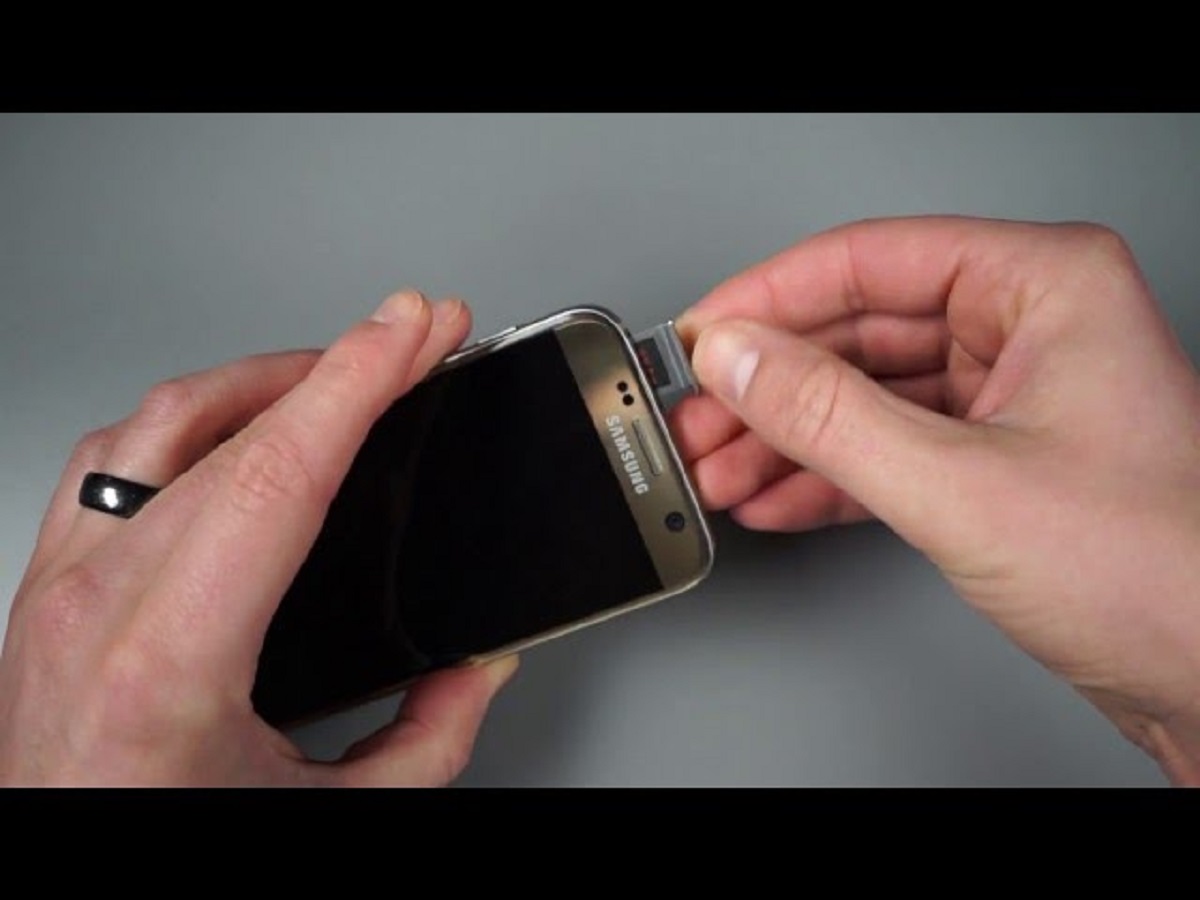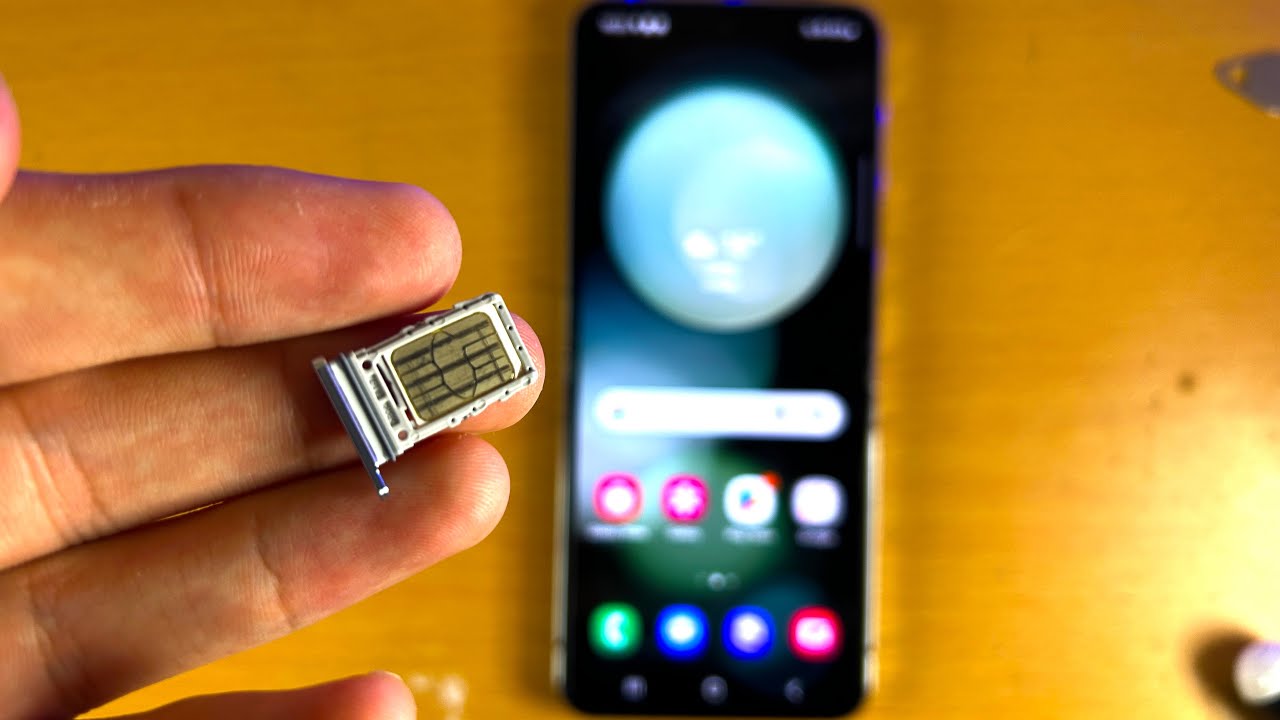Introduction
Inserting a SIM card into a mobile device is a fundamental step in setting up a new phone or switching to a different device. The SIM card, short for Subscriber Identity Module, plays a crucial role in enabling communication services on a mobile device. It securely stores the subscriber's identity and allows them to connect to a mobile network, enabling voice calls, text messaging, and data services.
Ensuring the correct orientation when inserting a SIM card is essential for the device to recognize and utilize the card effectively. This process may seem straightforward, but it varies depending on the type of device. Whether it's a traditional smartphone, a modern iPhone, or a tablet, understanding the proper orientation for inserting a SIM card is vital to avoid potential issues and complications.
In this article, we will delve into the significance of correctly orienting a SIM card when inserting it into various mobile devices. Moreover, we will provide detailed instructions on how to insert a SIM card in different types of devices, along with troubleshooting tips for common issues that may arise during the process. By the end of this article, readers will have a comprehensive understanding of the importance of correct SIM card orientation and the necessary steps to ensure a seamless insertion process.
Importance of Correct Orientation
The correct orientation when inserting a SIM card into a mobile device is of paramount importance. A SIM card contains vital information that identifies the subscriber to the mobile network. Ensuring the proper alignment of the SIM card within the device's SIM card slot is crucial for seamless connectivity and optimal functionality.
When a SIM card is inserted incorrectly, it can lead to a range of issues, including the device's inability to recognize the SIM card, loss of network connectivity, and potential damage to the SIM card or the device itself. Incorrect orientation may result in poor contact between the SIM card and the device's internal connectors, leading to intermittent network connectivity and service disruptions.
Furthermore, inserting a SIM card in the wrong orientation can trigger error messages or prompts on the device, causing confusion for the user and potentially leading to unnecessary troubleshooting efforts. In some cases, repeated attempts to force a SIM card into the slot in the wrong orientation can damage the delicate pins and connectors within the device, resulting in costly repairs or replacements.
In addition to the technical implications, the correct orientation of a SIM card also ensures that the card is securely held in place within the device, minimizing the risk of dislodgment or accidental ejection. This is especially important for individuals who lead active lifestyles or use their mobile devices in dynamic environments, as a securely inserted SIM card reduces the likelihood of service interruptions or loss of connectivity during day-to-day activities.
Understanding the significance of correct orientation when inserting a SIM card empowers users to approach the process with care and precision, ultimately contributing to a smoother and more reliable mobile experience. By acknowledging the importance of proper alignment and orientation, users can avoid unnecessary complications and enjoy uninterrupted access to essential communication services on their mobile devices.
How to Insert SIM Card in Various Devices
Inserting a SIM card into a mobile device may seem like a simple task, but the process can vary significantly depending on the type of device. Whether it's a traditional smartphone, a modern iPhone, or a tablet, understanding the specific steps for inserting a SIM card is essential to ensure seamless connectivity and functionality. Here's a comprehensive guide on how to insert a SIM card in various devices:
Traditional Smartphones:
- Power Off: Before inserting a SIM card, it's crucial to power off the device to prevent any potential damage.
- Locate the SIM Card Slot: Most traditional smartphones have a removable back cover, under which the SIM card slot is situated. Remove the back cover carefully to access the slot.
- Insert the SIM Card: Place the SIM card into the designated slot, ensuring that the gold contacts on the SIM card align with the corresponding connectors within the slot.
- Replace the Back Cover: Once the SIM card is securely inserted, carefully replace the back cover of the device.
Modern iPhones:
- Locate the SIM Card Tray: iPhones typically feature a small pinhole on the side of the device. Use the provided SIM eject tool or a paperclip to gently press into the pinhole, releasing the SIM card tray.
- Remove the SIM Card Tray: Once the tray is released, carefully pull it out of the device using the SIM eject tool.
- Place the SIM Card: Position the SIM card on the tray, ensuring that it fits securely and aligns with the tray's shape.
- Reinsert the Tray: Carefully slide the SIM card tray back into the device until it clicks into place.
Tablets:
- Locate the SIM Card Slot: Depending on the tablet model, the SIM card slot may be located on the side or back of the device. Use the appropriate tool or method to access the slot.
- Insert the SIM Card: Place the SIM card into the slot, following any specific orientation instructions provided by the tablet's manufacturer.
- Secure the Slot: Once the SIM card is inserted, ensure that the slot is securely closed to prevent accidental ejection.
By following these device-specific instructions, users can confidently insert a SIM card into their mobile devices, ensuring proper orientation and alignment for optimal functionality.
Troubleshooting Common Issues
In the event of encountering issues when inserting a SIM card, users may experience difficulties such as the SIM card not being recognized or connectivity problems. Here are some common troubleshooting tips:
- Clean the SIM Card: If the device does not recognize the SIM card, gently clean the gold contacts on the SIM card with a soft, dry cloth to remove any potential debris or residue.
- Check for Damage: Inspect the SIM card for any signs of damage, such as bent contacts or scratches. If damage is evident, consider obtaining a replacement SIM card from the mobile service provider.
- Restart the Device: After inserting the SIM card, restart the device to allow it to recognize the card and establish network connectivity.
By addressing these common issues, users can overcome potential challenges and ensure a successful SIM card insertion process.
This comprehensive guide provides users with the necessary knowledge to confidently insert a SIM card into various devices, emphasizing the importance of correct orientation and alignment for seamless connectivity and optimal functionality.
Troubleshooting Common Issues
When inserting a SIM card into a mobile device, users may encounter common issues that hinder the seamless recognition and functionality of the card. These issues can range from the device not recognizing the SIM card to connectivity problems. By understanding and implementing the following troubleshooting tips, users can effectively address these challenges and ensure a successful SIM card insertion process.
Clean the SIM Card: If the device fails to recognize the SIM card after insertion, it is advisable to gently clean the gold contacts on the SIM card. Using a soft, dry cloth, carefully wipe the gold contacts to remove any potential debris or residue that may impede proper contact with the device's internal connectors. Ensuring that the gold contacts are clean and free from obstruction can significantly improve the card's recognition and connectivity.
Check for Damage: Upon inserting the SIM card, it is essential to inspect the card for any signs of damage, such as bent or misaligned contacts, scratches, or visible wear. Damage to the SIM card can impede its functionality and hinder proper recognition by the device. If damage is evident, users should consider obtaining a replacement SIM card from their mobile service provider to ensure seamless connectivity and optimal performance.
Restart the Device: In some instances, the device may not immediately recognize the newly inserted SIM card. To address this, users can restart the device, allowing it to reinitialize and detect the SIM card. Restarting the device can prompt the system to recognize the card and establish network connectivity, resolving any initial recognition issues that may have arisen during the insertion process.
By implementing these troubleshooting tips, users can effectively address common issues associated with inserting a SIM card into a mobile device. These proactive measures not only facilitate the seamless recognition and functionality of the SIM card but also contribute to a smoother and more reliable mobile experience. In the event that persistent issues arise, users are encouraged to seek assistance from their mobile service provider or a qualified technician to ensure the proper functioning of their mobile device and SIM card.
Conclusion
In conclusion, the process of inserting a SIM card into a mobile device is a fundamental step in establishing seamless connectivity and enabling essential communication services. Throughout this comprehensive guide, we have emphasized the critical importance of ensuring the correct orientation when inserting a SIM card, regardless of the type of mobile device being used.
By understanding the significance of proper alignment and orientation, users can mitigate potential issues such as unrecognized SIM cards, connectivity disruptions, and device damage. Whether it's a traditional smartphone, a modern iPhone, or a tablet, the specific steps for inserting a SIM card vary, and users must adhere to device-specific instructions to guarantee optimal functionality.
The correct orientation of a SIM card not only facilitates its recognition by the device but also contributes to maintaining secure contact with the internal connectors, minimizing the risk of service interruptions and device damage. Additionally, users are equipped with valuable troubleshooting tips to address common issues that may arise during the SIM card insertion process, ensuring a smooth and successful experience.
By following the device-specific instructions provided in this guide and implementing proactive troubleshooting measures, users can confidently insert a SIM card into their mobile devices, fostering uninterrupted access to essential communication services and enhancing their overall mobile experience.
As technology continues to evolve, the insertion of SIM cards may become more streamlined and user-friendly. However, the fundamental principle of ensuring the correct orientation will remain paramount in optimizing the functionality and performance of mobile devices.
In essence, the process of inserting a SIM card is a foundational aspect of mobile device setup, and by prioritizing correct orientation and alignment, users can navigate this process with confidence and precision, ultimately enhancing their connectivity and communication experience.
By acknowledging the importance of proper SIM card orientation and alignment, users can approach the insertion process with care and precision, contributing to a smoother and more reliable mobile experience.







